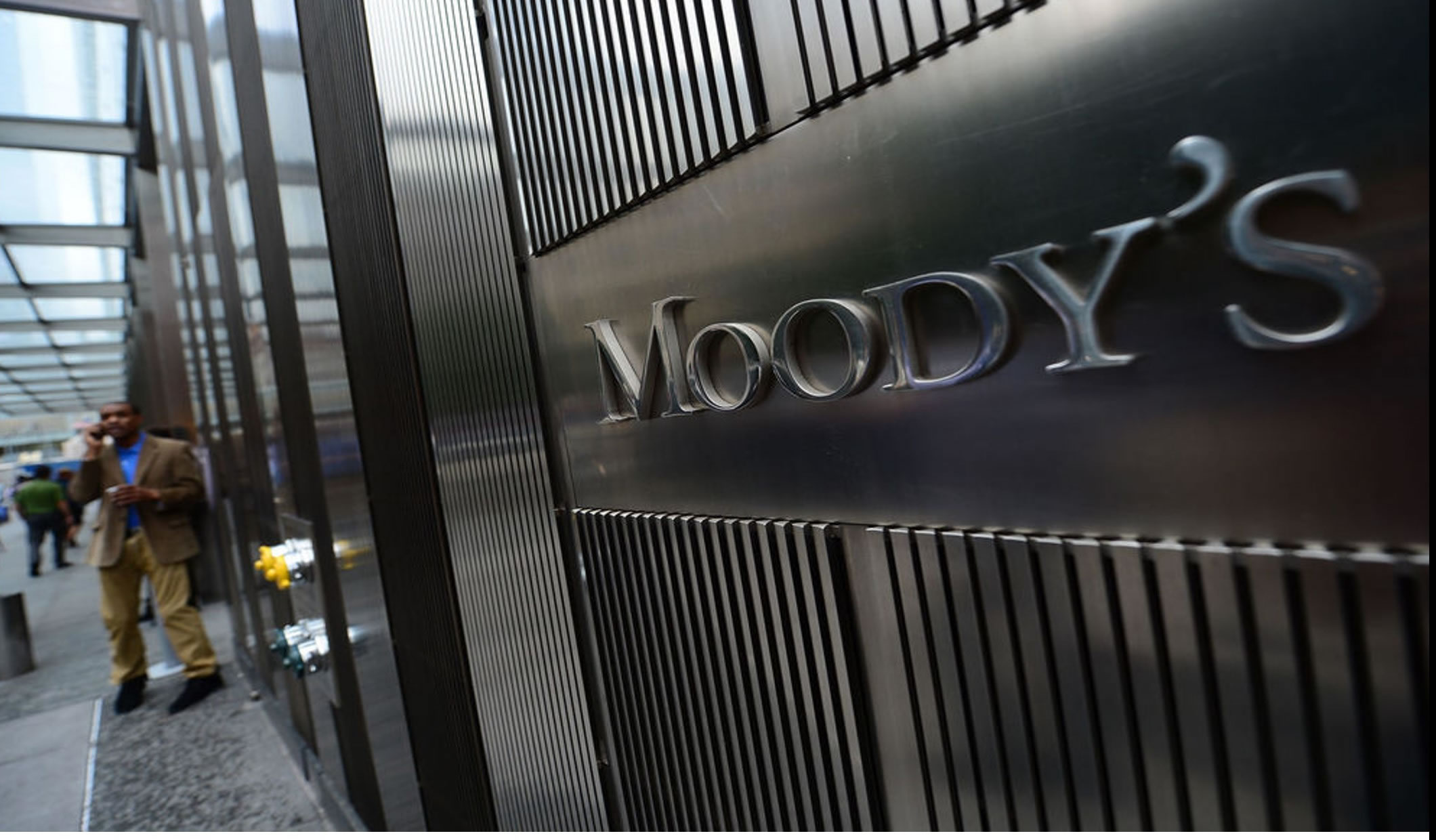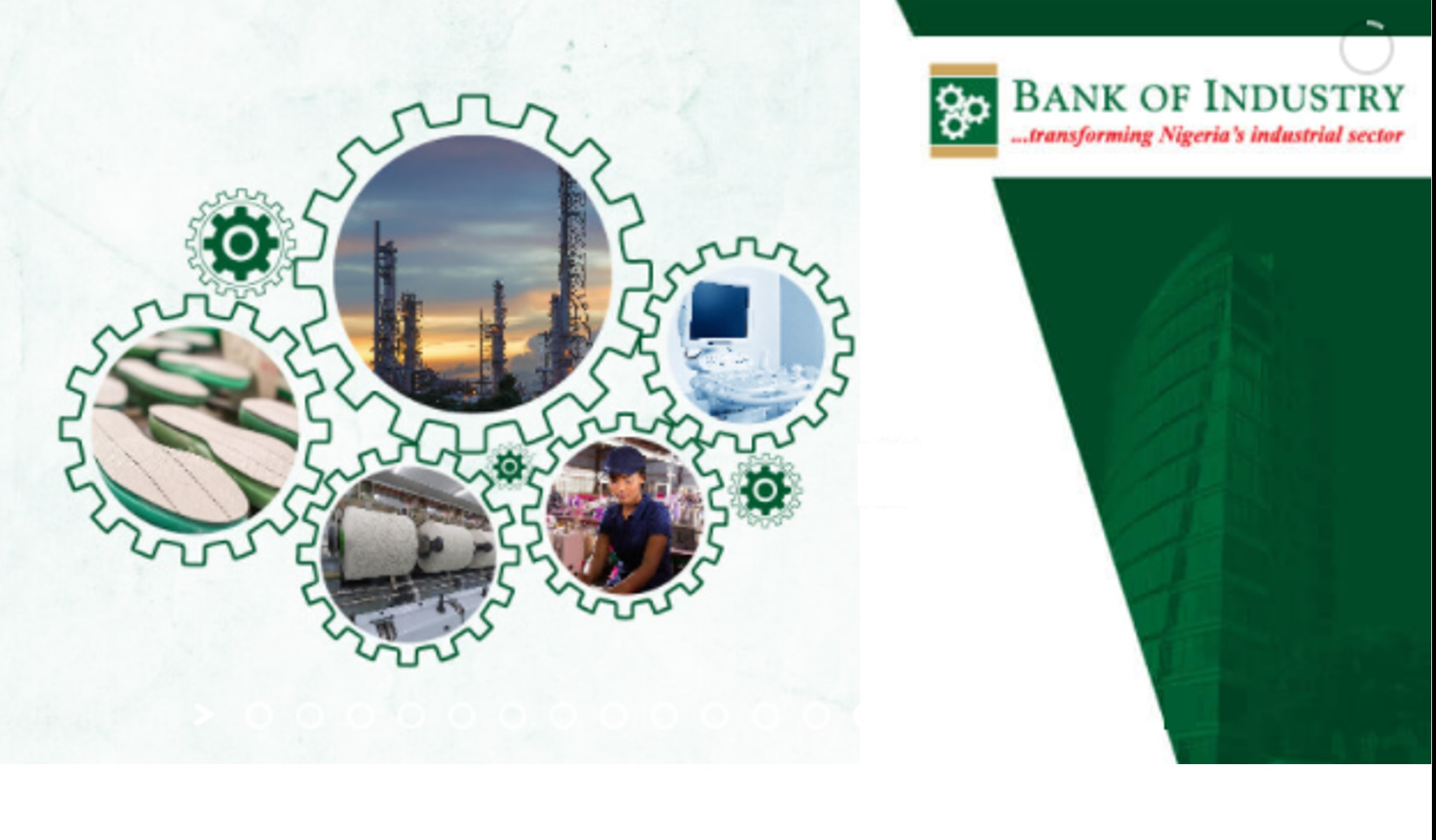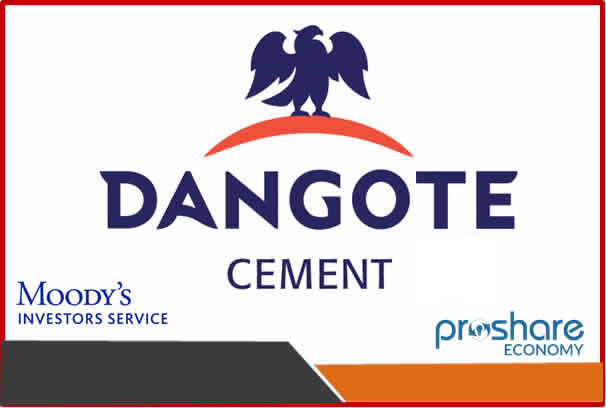Friday, May 20, 2022 /02:15 PM / by Moody’s Investors Service/ Header Image Credit: explain.com
Moody's Investors Service has completed a periodic review of the ratings -and other ratings that are associated with the same analytical units for the rated entity(entities) listed below.
The review was conducted through a portfolio review discussion held on 9 May 2022 in which Moody's reassessed the appropriateness of the ratings in the context of the relevant principal methodology(ies), recent developments, and a comparison of the financial and operating profile to similarly rated peers. A possible outcome from periodic reviews is a referral of a rating to a rating committee.
This publication does not announce a credit rating action and is not an indication of whether or not a credit rating action is likely in the near future. Credit ratings and outlook/review status cannot be changed in a portfolio review and hence are not impacted by this announcement.
Key Rating Considerations
The principal methodology used for these rated entities was Finance Companies Methodology published in November 2019.
Key rating considerations on a forward-looking basis may include but are not limited to the following summarized below.
Finance Companies Methodology
Profitability: a finance company's long-term profitability is a core element of its ability to generate capital and support creditor obligations, and core or recurring profitability is the first line of defense to absorb credit-related losses and losses stemming from market, operational and business risk.
Capital Adequacy and Leverage: capital adequacy is a key element in the assessment of a finance company's ability to absorb asset volatility, including write-downs, or the impact of a systemic crisis that causes dislocation in financial markets. Ample capital enhances financial flexibility, which may support access to capital markets in times of stress. Finance companies with lower leverage have more strategic alternatives; they are better able to fund growth and acquisitions or to divest themselves of non-core businesses and absorb losses on discontinued operations.
Asset quality: asset quality is a primary driver of earnings and capital formation for some finance companies, including lenders and business development companies. These types of finance company often have a concentration in a single asset class or operate in niche sectors that are intrinsically higher risk (e.g., subprime) and that can be vulnerable to changing investor sentiment irrespective of expected asset quality performance. However, asset quality considerations are immaterial for those finance companies that are service providers and similar companies that have predominantly cash flow-based businesses; and accordingly, asset quality considerations typically are not a core component of the analysis for these.
Cash flow and liquidity: the ability of a finance company to access liquidity on a recurring basis is an essential component of its operating model. Most finance companies rely heavily on confidence-sensitive wholesale funding which increases liquidity risk in times of stress.
Operating environment: a finance company's operating environment can over time have as much, if not more, of a bearing on its long-term viability as the intrinsic strength of their own operations. Operating environment considerations include the relevant economic, judicial, regulatory, institutional, and general operating conditions that may affect finance companies' creditworthiness.
Other qualitative considerations: important other qualitative considerations that can affect a finance company's creditworthiness include the extent of its business diversification, concentration and franchise positioning, the extent of the opacity and complexity of its activities, its corporate behavior and risk management, and its liquidity management.
Support and structural analysis: a finance company's ratings may be positively affected by the capacity and willingness of its affiliates and public bodies to provide it with support.
Sovereign or parent constraint: a finance company's ratings may be negatively affected by a constraint related to the relatively lower creditworthiness of its sovereign or parent.
Instrument-level rating considerations: individual instrument ratings also factor in notching considerations based on the seniority and collateral of the instruments.
• Agrarian Credit Corporation JSC
• Bank of Industry
• Botswana Development Corporation
• CRRH-UEMOA
• Damu Entrepreneurship Development Fund JSC
• Development Bank of Kazakhstan
• Development Bank of Southern Africa
• Industrial Development Corp. of South Africa
• Industrial Development Fund JSC
• Interswitch Limited
• Kazakhstan Housing Company JSC
• Letshego Holdings Limited
• Saudi Real Estate Refinance Company
The principal methodology used for these rated entities was Government-Related Issuers Methodology published in February 2020.
Key rating considerations on a forward-looking basis may include but are not limited to the following summarized below.
Government-Related Issuers Methodology
Assigning a Baseline Credit Assessment (BCA): The majority of Government-Related Issuers (GRIs) begin with an assessment of the GRI's standalone strength (i.e. BCA) – its ability to service and repay outstanding debt without recourse to extraordinary support from the supporting government - using the published sector-specific methodology that is most suitable for the predominant activities of the GRI. Our assessment of standalone strength includes any day-to-day support received from the government that can be clearly distinguished from extraordinary support. Support mechanisms, such as an obligation of the government to ensure the GRI's solvency and liquidity, are reflected in the BCA when they are legally or contractually documented.
Government uplift: The GRI's ratings include any uplift due to systemic support and typically focus on three structural factors and three factors explaining the level of the government's willingness to provide support. Structural factors address the legal and quasi-legal aspects of the government's relationship with the GRI and include: (1) guarantees, (2) ownership level and (3) barriers to support. The factors underlying willingness consider the softer connections between the two entities and include (4) the likelihood of government intervention, (5) political linkages and (6) economic importance. Support is determined using a joint default analysis framework which considers an estimate of the likelihood of extraordinary support, an assessment of the credit quality of the supporting government, and default correlation between the two entities.
GRIs without a BCA: In limited instances, it is not possible or meaningful to assign a BCA. The GRI is so inextricably linked to the government that a meaningful standalone BCA cannot be derived. In such cases, a top-down analytical approach is used that chiefly considers the ability and willingness of the government to provide timely support, instead of the usual bottom-up approach of starting with the BCA and then considering uplift towards the government's rating.
• Bank of Industry
• Botswana Development Corporation
• Development Bank of Southern Africa
• Industrial Development Corp. of South Africa
This announcement applies only to Rated Entities with EU rated, UK rated, EU endorsed and UK endorsed ratings. Rated Entities, with Non EU rated, non UK rated, non EU endorsed and non UK endorsed ratings may be referenced herein to the extent necessary, if they are part of the same analytical unit.
 Lagos, NG • GMT +1
Lagos, NG • GMT +1











 274 views
274 views













 Sponsored Ad
Sponsored Ad
 Advertise with Us
Advertise with Us







